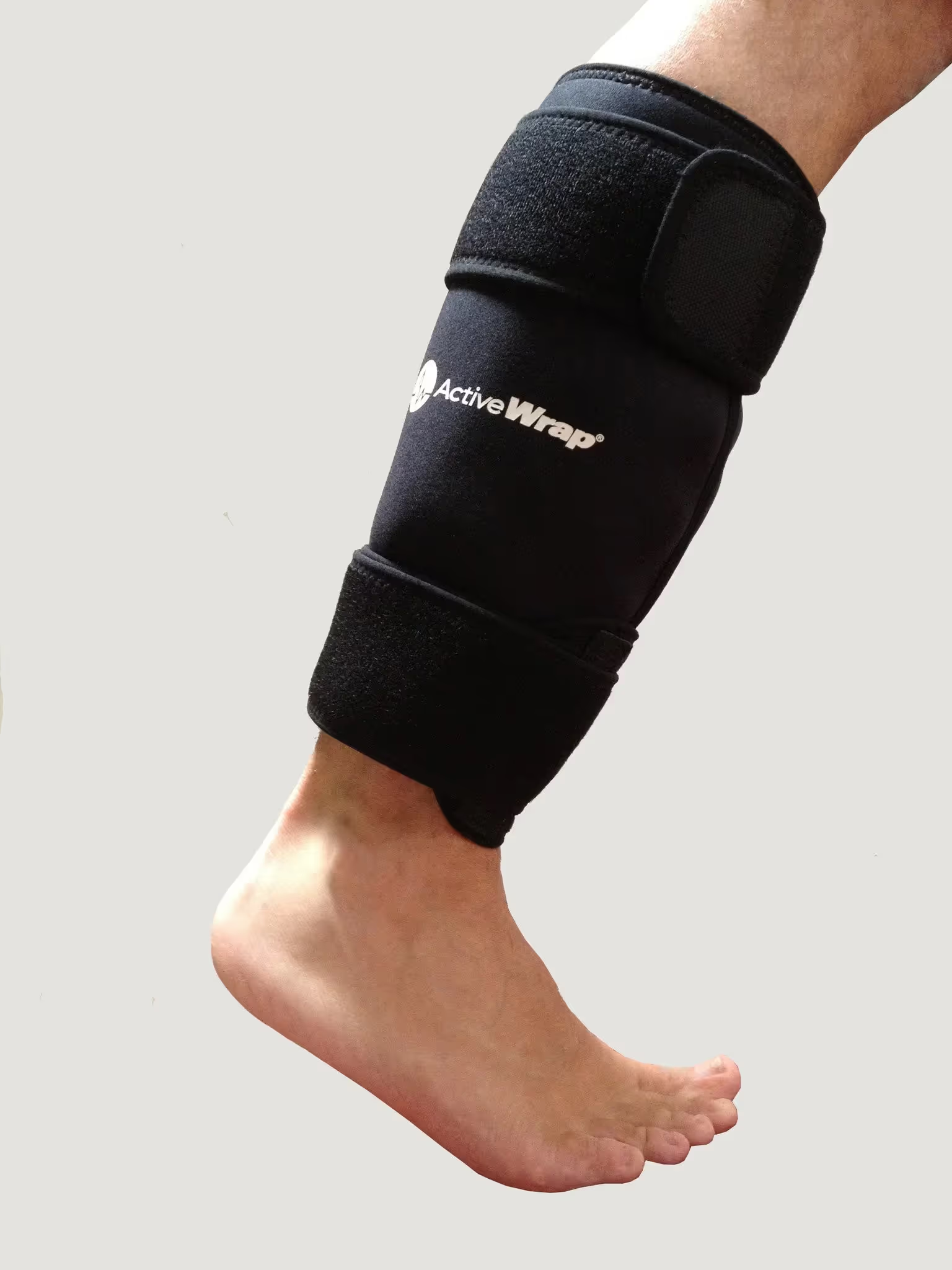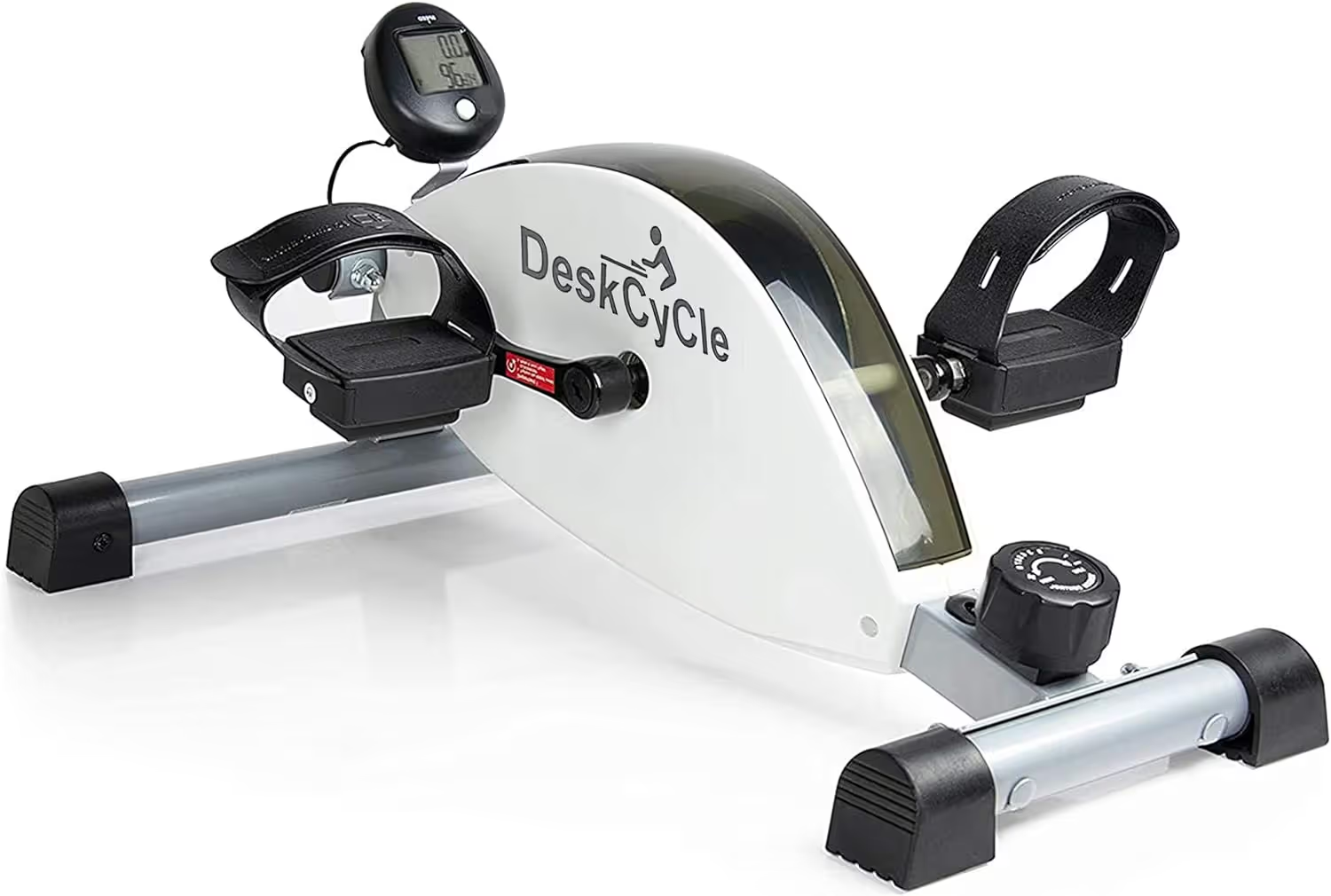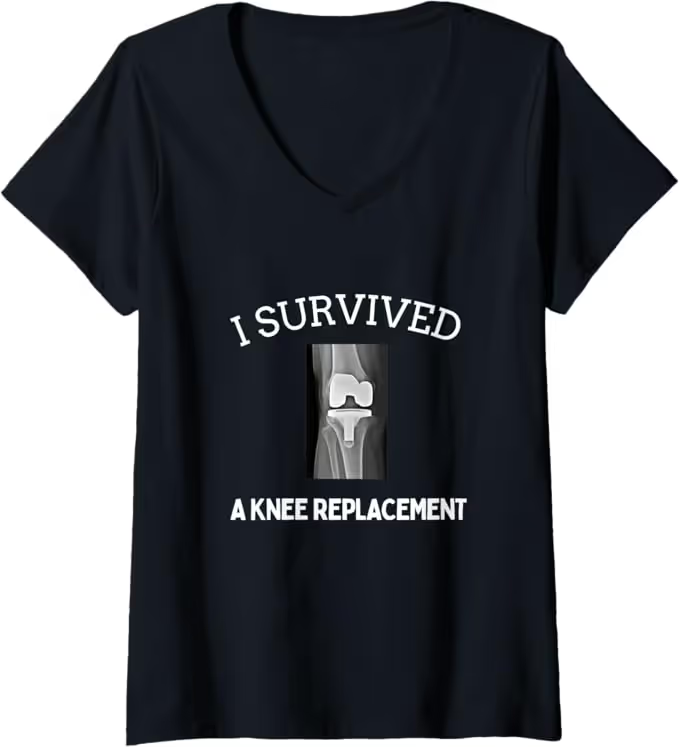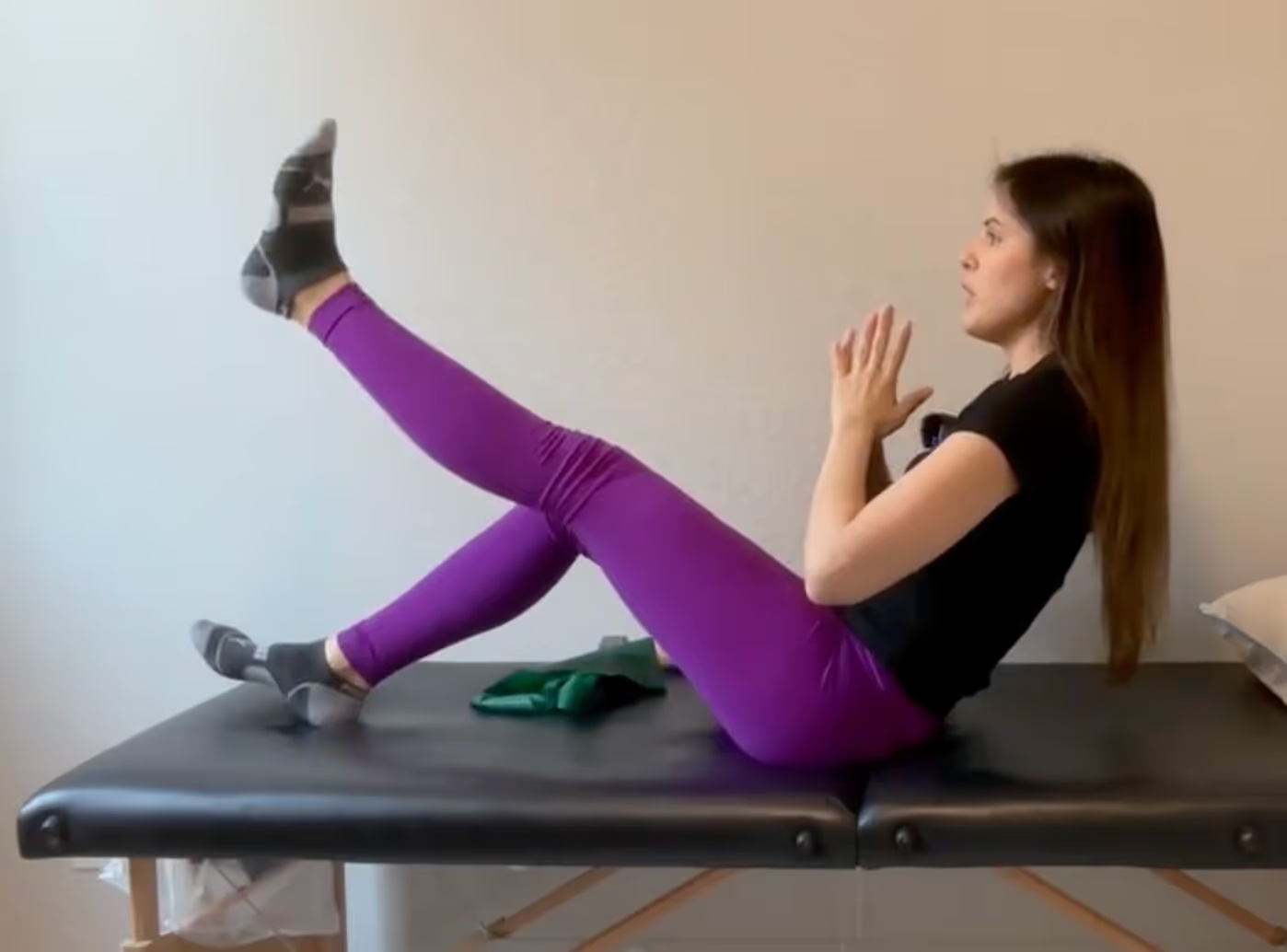As technology improves and innovation continues, medical procedures begin to change. Because of new and improved technology, there are now more options for surgeries. The use of robotics in surgery has been available for many years now to help improve precision and decrease invasiveness, which therefore, improves patient outcomes. Robotics have been proven to decrease human error and allow for more successful surgeries. Although robotics have been available for many years, they are just now becoming the norm with knee replacements. Prior to this, surgeons were trained to complete traditional knee replacements using hand held tools to measure angles for cutting. Today, more and more surgeons are being trained how to use the Mako robot developed by Stryker.
What is Mako? How does it work?
Mako is the name of the robotic arm and system used to help assist the surgeon during a total knee replacement. The company that developed this product is called Stryker, who also develops many other products.
Prior to surgery, you will undergo a CT scan of your knee, which will be uploaded into a 3D image into the Mako software. The Mako software will create a 3D image that will guide the surgeon during surgery to make precise cuts so your knee replacement fits your knee perfectly. Everything is customized to your exact anatomy when using the Mako system. The software will pre-determine exactly how much bone to remove and exactly where to make the cuts.
The surgeon will be in complete control of the surgery, but will be given real time feedback by the Mako robot on where to make precise cuts.

What are the benefits of Mako robotic surgery?
Because the measurements are pre-planned by the CT scan 3D image, your surgeon will have guidance on how much bone to remove and the specific location. Your surgeon will be guided by the Mako Robotic Arm with real time feedback during surgery. Because of this, there will be less bone removed, less soft tissue disturbed, which in turn, creates better outcomes for the patient.
Based on research, patient who underwent Mako Robotic Assisted surgery vs traditional surgery, had less pain and discomfort 6 months after surgery.
Benefits of Mako:
- less bone, soft tissue removed
- faster surgery time
- less anesthesia used
- less pain post surgery
- less blood loss
- shorter hospital stay
- less risk of infection
How do I find a surgeon that uses this technique?
You can easily find a surgeon that has uses the Mako Robotic Arm by going to the Stryker website and clicking “Find a Surgeon”. Here you will find a list of surgeons that based on your area. Please see my blog post about how to pick a surgeon before you chose from the list on the Stryker website.
Why doesn’t every surgeon use Mako?
With any new developments, extensive training and time is involved. The old “you can’t teach an old dog a new trick” may also come into play here. Many surgeons have mastered their techniques with completing a traditional knee replacement and have had very good outcomes. In this case, they might not see the need to change their practice.
Whether you chose a surgeon that uses Mako or not, always do your research before choosing a surgeon. Do not solely make a decision based on how you feel about the surgeon. Make sure you receive resources, reviews, and second opinions before you make a life changing decision.

.avif)




.jpg)


